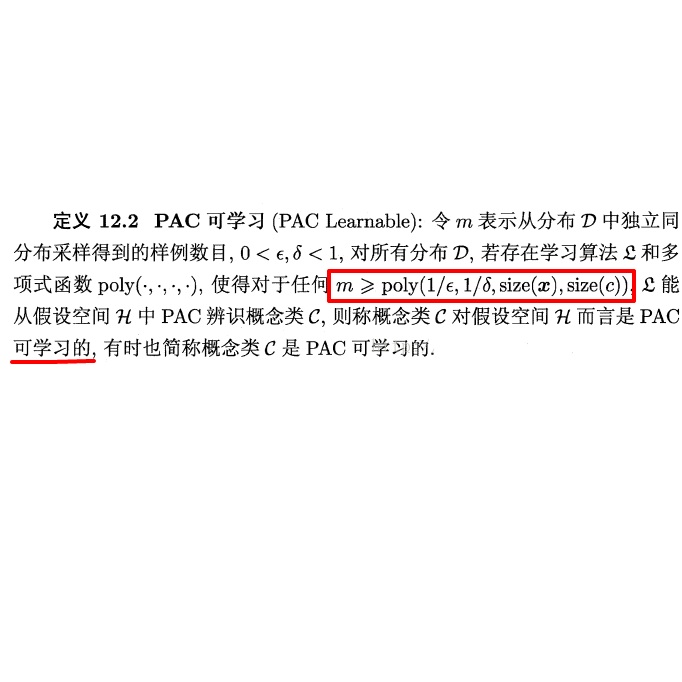Application of deep neural networks to medical imaging tasks has in some sense become commonplace. Still, a "thorn in the side" of the deep learning movement is the argument that deep networks are somehow prone to overfitting and are thus unable to generalize well when datasets are small. The claim is not baseless and likely stems from the observation that PAC bounds on generalization error are usually so large for deep networks that they are vacuous (i.e., logically meaningless). Contrary to this, recent advances using the PAC-Bayesian framework have instead shown non-vacuous bounds on generalization error for large (stochastic) networks and standard datasets (e.g., MNIST and CIFAR-10). We apply these techniques to a much smaller medical imagining dataset (the ISIC 2018 challenge set). Further, we consider generalization of deep networks on segmentation tasks which has not commonly been done using the PAC-Bayesian framework. Importantly, we observe that the resultant bounds are also non-vacuous despite the sharp reduction in sample size. In total, our results demonstrate the applicability of PAC-Bayesian bounds for deep stochastic networks in the medical imaging domain.
翻译:深神经网络应用于医疗成像任务的情况在某种意义上已经变得司空见惯。然而,深神经网络“在深学习运动的一面”的“声角”却证明深网络可能有些过大,因此在数据集小时无法全面推广。这一说法并非毫无根据,而且可能源于以下观察,即PAC对一般化错误的界限对于深网络来说通常如此之大,以致于它们缺乏(即,在逻辑上毫无意义 ) 。与此相反,最近使用PAC-Bayesian框架取得的进展表明,尽管抽样规模急剧缩小,但对于大型(随机)网络和标准数据集(例如,MNIST和CIFAR-10)而言,对一般化错误却显示出无遗漏的界限。我们将这些技术应用到一个小得多的医疗想象数据集(国际标准2018挑战集 ) 。 此外,我们考虑对通常没有使用PAC-Bayes框架完成的分离任务的深度网络进行概括化。重要的是,我们观察到,尽管抽样规模急剧缩小,但由此产生的界限也是没有遗漏的。总的来说,我们的结果表明PAC-ARC-Bays




